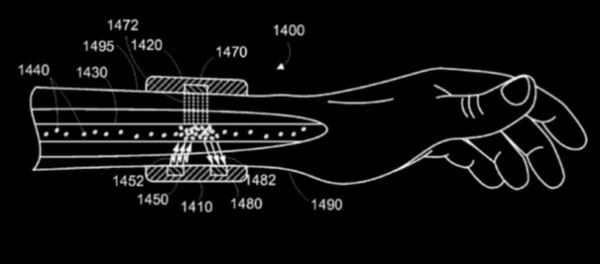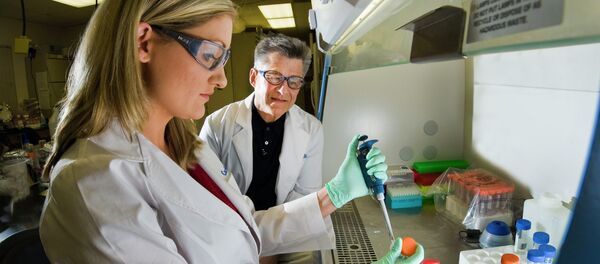In the interest of what it calls “long-term patient monitoring,” the NSF has granted $5,070 to a graduate fellowship project which seeks to develop an antenna that could be implanted inside the human body.
"Antennas operating near or inside the human body are important for a number of applications, including healthcare," reads the project grant. "Implantable medical devices such as cardiac pacemakers and retinal implants are a growing feature of modern healthcare, and implantable antennas for these devices are necessary to monitor battery level and device health, to upload and download data used in patient monitoring, and more."
The grant is also being partially funded by the National Research Foundation of Korea, and seeks to further develop Ultra High Frequency signals, testing different types of antennas to see which can most accurately transmit a signal from just beneath the skin.
"Ultra High Frequency [radio-frequency identification] RFID tag antennas are printed using conductive ink and have found increased applications due to advantages such as minimal cost, low maintenance, good tag read range, and ability to operate without an integrated battery," the grant reads.
That "ink" would, in many ways, resemble a tattoo, allowing healthcare specialists to insert the antennas with relative ease.
Speaking to the Washington Free Beacon, Jessica Arriens, a public affairs specialist with the NSF, stressed the potential benefits of the project.
"The research could ultimately help improve a variety of health areas, since many areas use implanted medical devices: defibrillators, neural recording devices, cochlear and retinal implants."
She also took time to soothe the fears of those who might react negatively to the idea of a foreign object being permanently placed inside the human body.
"Long-term just refers to the fact that implanted medical devices are, often, not a short-term patient option (think of a pacemaker or ear implant, for example – patients live with those long-term)."
If successful, the antenna would be the latest in a series of advances in bioengineering. Earlier this month, Google filed a patent for what it calls a Nanoparticle Phoresis. That device would be worn around a user’s wrist and then detect and destroy harmful cells in the bloodstream.
That patent application followed an announcement from pharmaceutical giant Johnson & Johnson that it was investing in research into genetic defects. Known as the Disease Interception Accelerator, that project aims to identify diseases long before they actually occur, allowing doctors to treat them before they become a problem.




